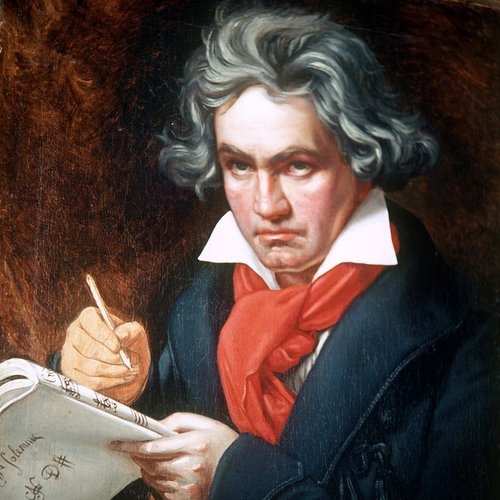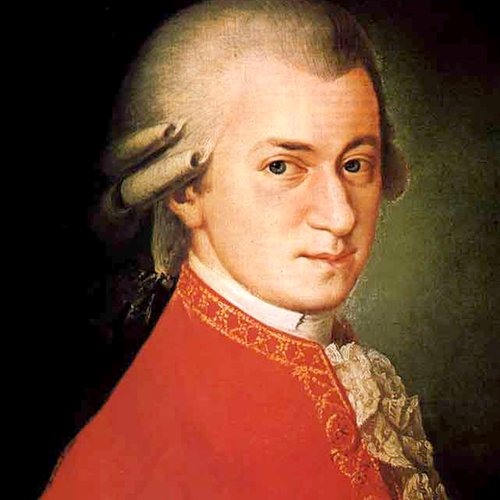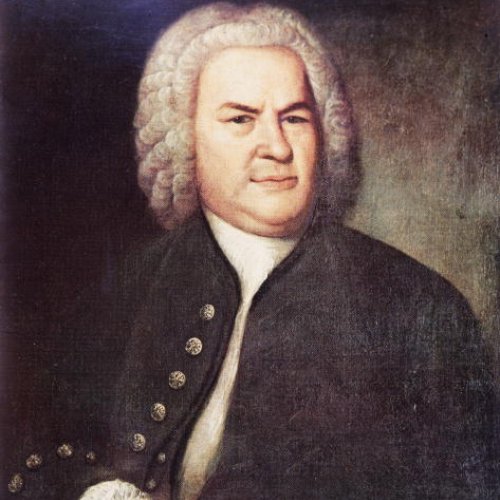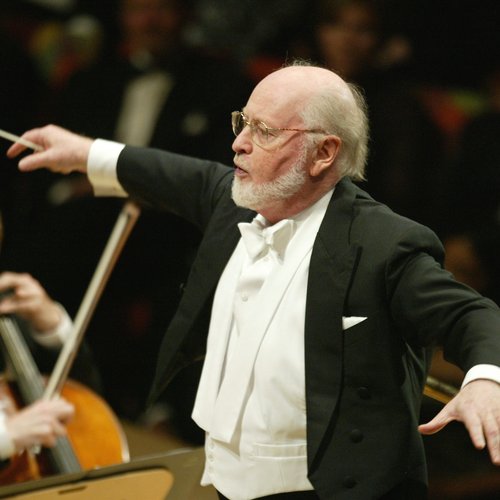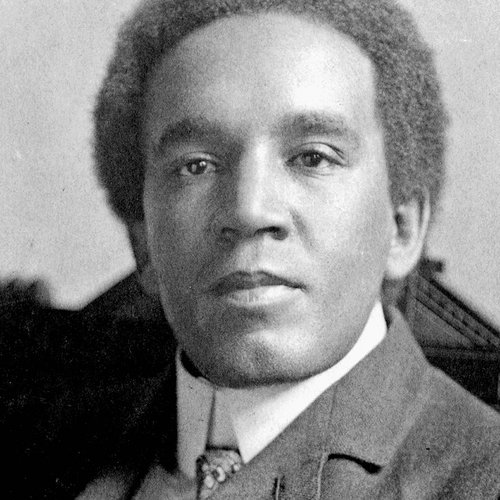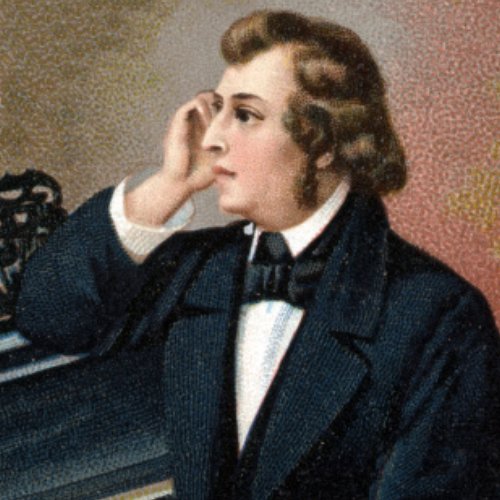10 of Florence Price’s all-time best pieces of music
2 February 2022, 11:47
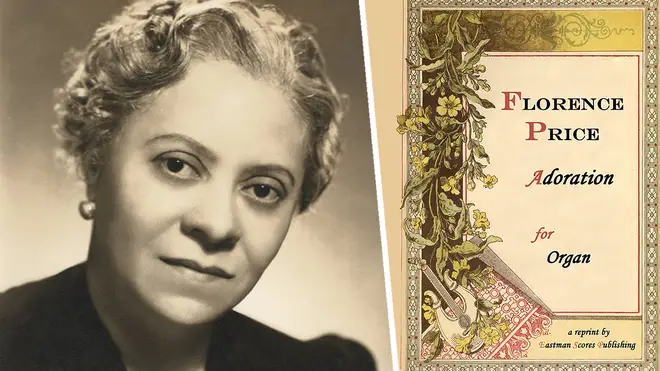
American composer Florence Price wrote over 300 pieces of music, including symphonies, concertos, sonatas and songs. Here are some of her best.
Florence Price (1887-1953) was a prolific composer of orchestral music, chamber pieces and songs.
She wrote four symphonies and other large-scale orchestral pieces; concertos for the piano and the violin; two string quartets, and other chamber and instrumental pieces, as well as large-scale choral works, songs and numerous solo organ and piano pieces – including her 1931 Piano Sonata that won the Rodman Wanamaker Contest in Musical Composition.
She made history when the Chicago Symphony Orchestra performed her Symphony in E minor, making her the first female Black composer to have a symphony performed by a major US orchestra.
Although Price wrote over 300 pieces of music, her work was largely forgotten after she died. “My dear Dr Koussevitzky,” she had written to the Russian conductor in her lifetime, “I have two handicaps – I am a woman; and I have some Negro blood in my veins.”
In spite of the struggle to be heard in her own lifetime and after, much of Price’s music is now being rediscovered and getting the recognition it has always deserved. Here’s where to start.
Read more: The inspirational life of composer Florence Price – and why her story still matters today
-
Symphony No. 1
On 15 June 1933, Chicago Symphony Orchestra performed a new piece by a then-unknown composer. The composer in question was Florence Price, and the performance made history for being the first by a major US orchestra of a work by a Black female composer.
The Chicago Daily News described the piece as “a faultless work... that speaks its own message with restraint and yet with passion... worthy of a place in the regular symphonic repertoire.”
The symphony, in E minor, combines the Western symphonic tradition – the influences of composers like Dvořák and Tchaikovsky are apparent – with West-African musical styles. Specifically the ‘Juba Dance’, a pre-cursor to ragtime, which the third movement of the work is built around and named after.

Chineke! Orchestra - Florence B. Price Symphony no 1 in E minor, 1st movement
-
Piano Sonata
Price’s Piano Sonata in E minor won her first prize in the 1932 Rodman Wanamaker Contest in Musical Composition.
The three-movement piece is characterised by memorable, syncopated melodies and ravishing dramatic flourishes that arrive amidst reflective, impressionistic moments.

Pianist Michelle Cann performs Florence Price's Sonata in E Minor (2nd Movt) | From the Top
-
Violin Concerto No. 2
Florence Price dedicated her second violin concerto to violinist Minnie Cedargreen Jemberg, who first performed it in 1964 at the opening of the Florence B. Price School in Chicago, which operated until 2011.
Like the symphonies, Price calls both on the Western classical tradition, and West-African and African American spiritual and dance traditions for this virtuosic concerto, which is written in a single 14-minute movement.

Florence Price Violin Concerto No. 2
-
Concerto in One Movement
Florence Price also wrote a one-movement concerto for the piano (although it has three distinct sections) and she premiered the piece herself, in Chicago in 1934.
Little was heard of it after that. The score was picked up again, revived by composer Trevor Weston, and recorded by pianist Karen Walwyn and the New Black Music Repertory Ensemble in 2012.

Concerto in One Movement by Florence B. Price | TMCO | Libi Lebel
-
The Oak
The Oak, or Songs of the Oak, is an orchestral tone poem – a classical work that paints a picture through music – by Price from 1943.
The music is brooding and uneasy, with flourishes of rich, colourful orchestral scoring.

Anthony Parnther Conducts The Oak by Florence Price
-
Mississippi River Suite
Another orchestral tone poem, Price’s Mississippi River Suite depicts just that – in the music you can hear the majesty of a boat travelling down the US’s second largest river, with the sights and smells of its banks captured in the tunes along the way.
It was composed in 1943 and dedicated to Price’s mentor, the composer and songwriter Arthur Olaf Anderson.

Mississippi River Suite (excerpt) - Florence Price
-
Fantasie Negre
The Fantasie Negre – for the Chopin-esque flourishes and Lisztian virtuosity you traditionally expect from piano fantasies, coupled with Price’s idiosyncratic ability to effortlessly colour her writing with wonderful melodies and chords inspired by African American spirituals and dance – is just wonderful.

Fantasie Negre no. 1 in E minor by Florence Price (Samantha Ege, piano)
-
Symphony No. 4
Price composed her Fourth Symphony in 1945 but never heard it performed. Instead, it was lost along with many of Price’s other manuscripts, and only rediscovered in 2009.
Like the First Symphony, the piece exhibits Price’s rich orchestration and wonderful melodies, with influences of African American spirituals and Juba dance rhythms giving its ‘Allegro’ third movement extraordinary energy.
This particular work was given a belated world premiere by the Fort Smith Symphony Orchestra in May 2018.

FLORENCE PRICE Symphony No. 4 in D minor, Mvt II. Andante Cantabile
-
Adoration
Florence Price was a pianist and organist, having majored in both when she studied music at England Conservatory of Music.
She wrote many works for the latter, including Adoration. It has a devotional quality, with its dignified melody and accompanying sombre chords, and is often picked up and arranged in different instrument combinations – including for violin and piano, and for larger chamber groups, such as the version below for clarinet and string orchestra, arranged Joshua Ranz.

Randall Goosby, Zhu Wang - Price: Adoration
-
My Soul’s Been Anchored in de Lord
Florence Price was a prolific writer and arranger of songs, and one of her better-known arrangements is of ‘My Soul's Been Anchored in de Lord’.
She takes the traditional spiritual, and adds a full orchestra and chorus, to stunning effect.

DSO - My Soul Been Anchored in the Lord - arr. Florence Price, orch. William Henry Curry (Premiere)
Voting is now open in the Classic FM Hall of Fame 2021. Tell us what three pieces of music are your all-time favourites, for your chance to win fantastic prizes.


